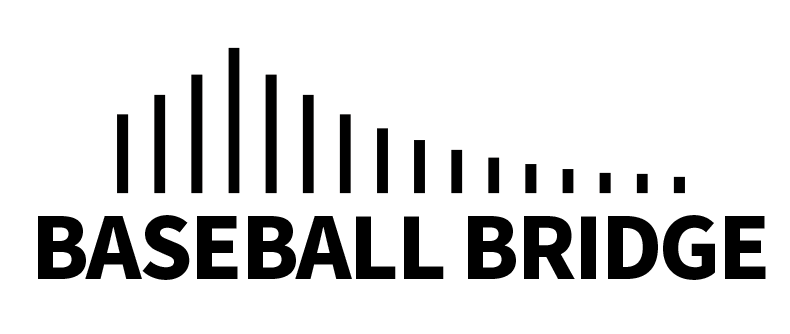The Strike Zone is Not Real
Let’s get something straight right now: the strike zone is not real. Sure, it’s that imaginary box we all pretend exists, but it’s not actually “a thing” you can touch, see, or even really define. It’s just the space you need to throw through where a batter might hit it. And that’s where the magic happens—or more often than not, where the batter swings and misses.
The key here is that you’re not trying to throw to a specific spot in the strike zone. You’re trying to attack an illusion—an idea of a strike zone that doesn’t actually exist as a rigid, inflexible boundary. In fact, it’s not about keeping it out of a batter’s reach or throwing it where he “can’t physically hit it.” No, no, no. The goal is to throw it where he has the chanceto hit it—but doesn’t. Because that’s how you get him to swing and miss or make weak contact. It’s about forcing the batter into a position where he’s in control for just long enough to make a mistake. That’s what pitching is: controlling that space where he thinks he can hit it but ends up looking like a fool.
If you’ve ever found yourself obsessing over hitting a “perfect spot” in the strike zone, you’ve probably missed the point. The strike zone is not a box to be neatly filled like a game of Tetris—it’s an area to be manipulated. Your goal? To drivepitches through that space, rather than delicately trying to paint it like a piece of artwork. Get comfortable with the idea that the strike zone is more of a guideline than a law. It’s not about where the batter can hit it—it’s about knowing how to pitch him so that even when he’s in the zone, he doesn’t stand a chance.
And here's the thing: You’re not pitching for the umpire. Let that sink in. The umpire is there, yes, but he’s not your target. He’s just an observer. Sure, we all complain about missed calls—who doesn’t?—but remember, the umpire is just a human, and they miss calls. In 2018 alone, MLB umpires missed over 34,000 pitch calls. That’s about 14 per game. And let’s be honest—some of those were bad calls, sure. But you know what? The umpire knows whether or not you’re pitching. When you’re in control of the game, when your pitches are moving, and when you’re commanding the count, that’s when the ump’s calls tend to go in your favor. So, stop bitching about the human element of officiating, and start focusing on making your element human. It’s all part of the game. Own it.
Let me throw something else at you: Do you look hitters in the eye before they step into the box?
Here’s a fun exercise for you. Next time you're on the mound, take a moment to look the batter in the eye before he digs in. This isn’t some cheesy, cinematic stare-down—it’s a mental check. You’re looking to see if he sees you. You’re establishing an acknowledgment of the competition. This is a battle, and it’s not just physical; it’s mental. There’s a certain confrontation and intimidation when that mutual acknowledgment doesn’t exist, when one side acts like it’s above the other. But if you make eye contact with a batter, there’s an agreement. There’s a silent understanding that you’re here to fight, and only the best man will win.
You’re not just trying to pitch around him—you’re engaging in a mental game. You’re setting the tone before that first pitch. And believe me, when you show a batter that you’re ready to compete on every level, it changes the whole dynamic of the at-bat. You’re not just a pitcher anymore; you’re a force he has to reckon with.
So next time you’re out there, don’t get bogged down by the illusion of the “perfect strike zone.” Instead, attack the space, drive your pitches through it, and remember that you’re not just throwing to a spot—you’re creating an environment where the batter’s only option is failure. And if you’re lucky enough to get a bad call here and there? Well, that’s just part of the game too.
